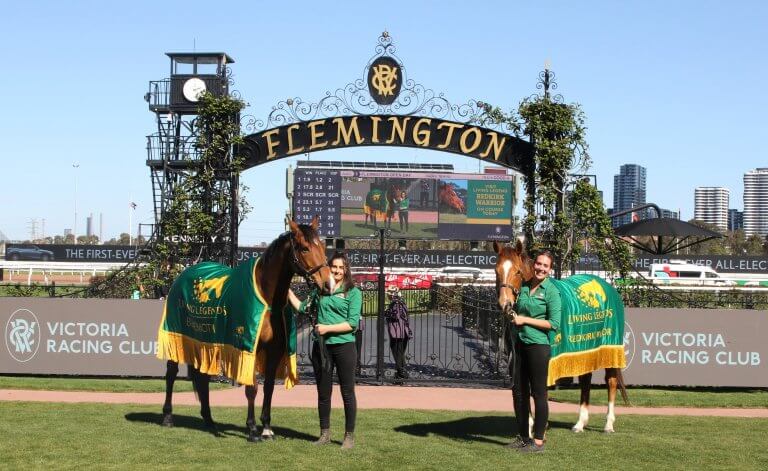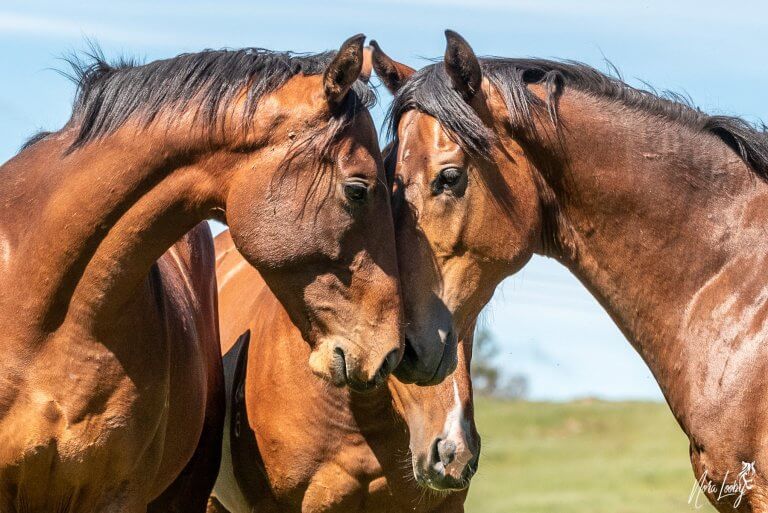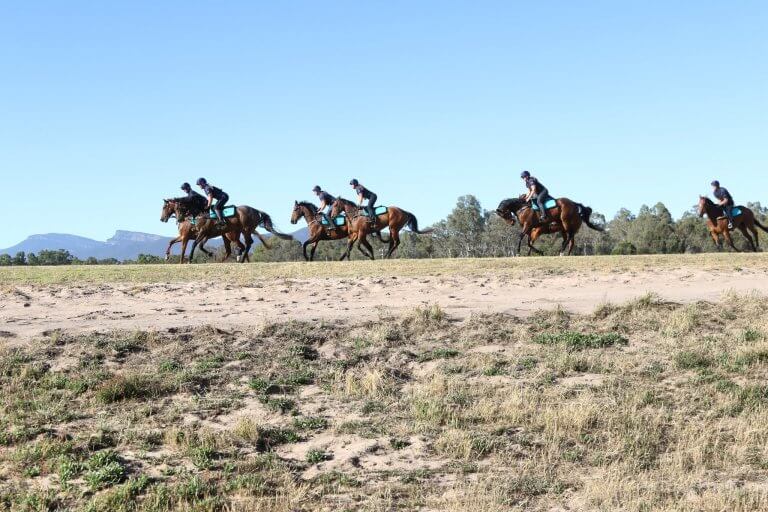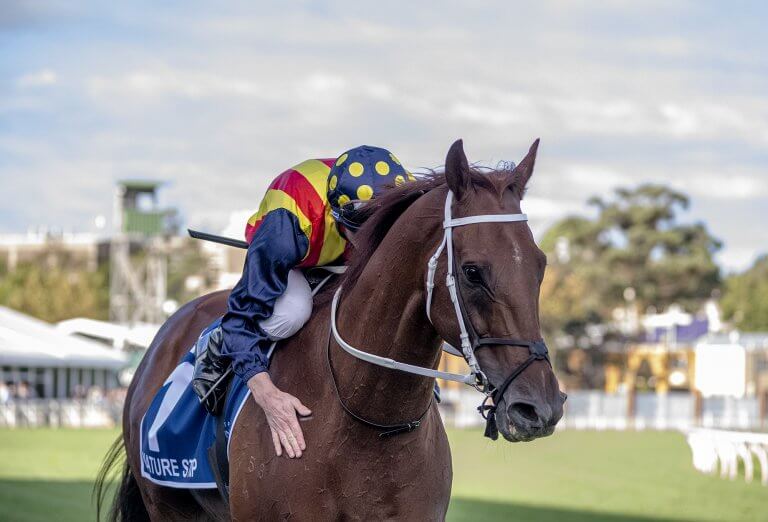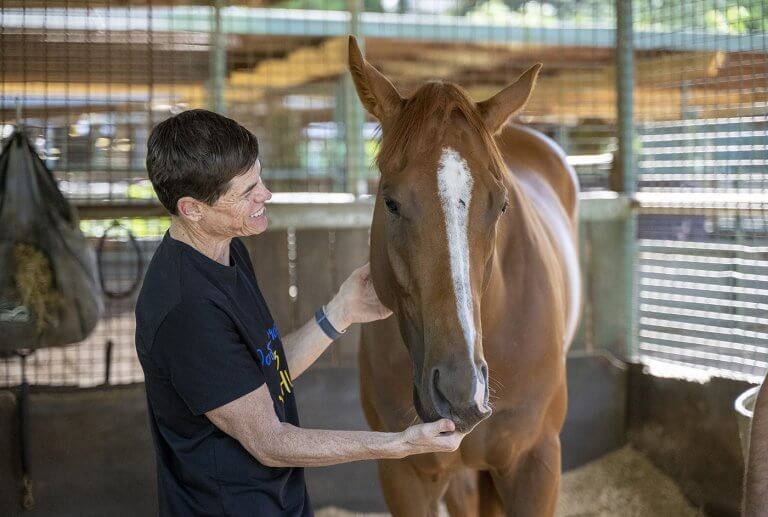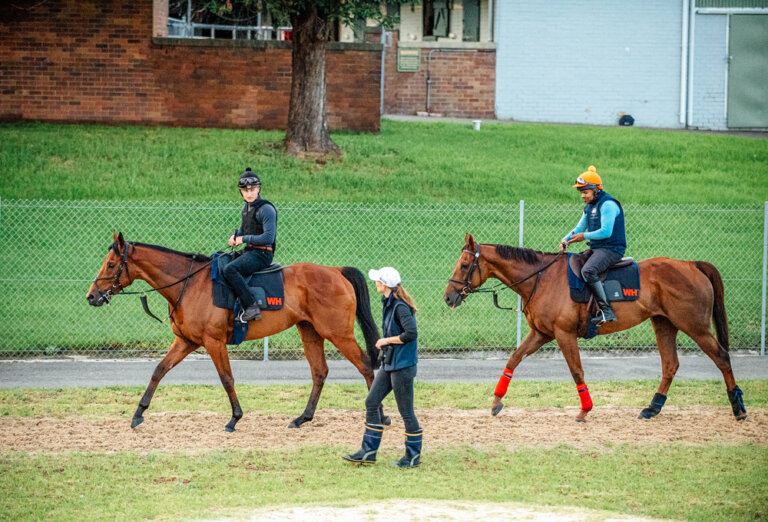After piloting Paths of Glory to success in the 2020 Wyong Cup, Group 1-winning jockey Rachel King has since adopted and retrained the English import to showjumping victory.
Formerly trained by Michael and Richard Freedman, Paths of Glory (or better known as POG), instantly stole Rachel’s heart after she rode him in his second start.
“I always had a passion for equestrian as I did a lot of showjumping as a kid but just never thought about having a thoroughbred of my own,” King said.
“From the first time I rode him he just felt different. Straight away I asked connections if I could take him on after he had finished his racing career.”
The duo’s bond deepened as Rachel became POG’s regular jockey in which they went on to claim a Group 3 win in the JRA Plate at Royal Randwick and three other Group placings.

After 24 starts and earning over $500,000 in prizemoney, Paths of Glory officially retired from the track on Rachel’s birthday having suffered a minor tendon injury.
China Horse Club, the owners of Paths of Glory, gave the jockey their blessing and the grey was rehomed with Rachel.
“He had a good break after that to recover and then the work started. It’s been over a year now and he has really turned his hand to showjumping which is what I have always enjoyed,” Rachel said.
“Because I hadn’t done showjumping in years though, we both were learning on the go and taking this journey together.”
So far, the pair has entered multiple competitions and training days in which POG has consistently competed in *1m classes.
“He is such a good horse to have as he is low maintenance which fits into my racing schedule.
“It doesn’t matter when I ride him, he is always the same and doesn’t get too fresh.
“I’m only doing it for a bit of fun, but he is truly a great horse to have,” Rachel said.
Although extremely happy with her companion POG, Rachel hasn’t ruled out the possibility of expanding her showjumping team to include other off the track Thoroughbreds.
“If I find one at the races, I keep an eye on them. I’m just waiting for the right horse to turn up and for me to have the same feeling as I did with POG,” Rachel concluded.

